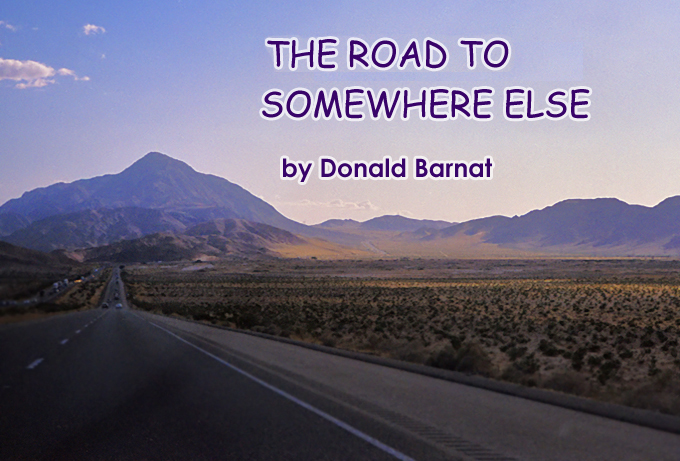
The Road to Somewhere Else by Donald Barnat
“I think it pisses God off when you walk by the color purple in a field and don’t notice it.” – ‘Shug’ Avery in The Color Purple by Alice Walker
I-15, the highway to and from Las Vegas, is traveled by an endless caravan of Southern Californians every year, alternately speeding and crawling their way to Sin City to pass the hours into weekends throwing money away in smoky casinos. With the disposable income gone and the pool parties over, the line of cars moving back through the desert to Los Angeles is most impressive in the sheer single-minded execution of its purpose. Eyes fixed (we can only hope) on the road ahead, it’s pretty clear that everyone just wants to get home.
The setting of this perpetual movement of cars and people is what calls to mind The Color Purple thought quoted above. More on that setting in a second.
But first, does God really get pissed off when we pass by the color purple without noticing? For an athe-nostic like me, the question would go more like this: if nature has created something spectacular to behold, what does it say about us if we routinely pass by it all with our eyes squarely focused on the road ahead, our perspectives blinkered by our desire to simply get someplace else?
Whether it’s an angry God watching down on us or the collective guilt of too few of us, given the sheer magnitude of both the transgression and the number of souls involved, the 270-mile drive between Las Vegas and Los Angeles — through the Cajon pass and over the Mojave Desert — would surely amount to something of a worst-case-scenario for someone as thoughtful about such things as the fictional Suge Avery.
The vast empty expanse of the high desert alone has a visual silence that borders on the metaphysical. One turn of the head and the eye takes in endless vistas completely absent the presence of humans. Appropriately miniscule in scale, the only people to be found are contained in the narrow band of highway snaking through the midst of a truly timeless landscape.
Drivers blow through the desert as fast as they can. Except for a few small towns, there’s only a smattering of rest areas along the way and the occasional supersized gas stations. With nothing really for hundreds of miles but great scenery, it would be difficult for anyone inclined to deviate from the beeline of automobiles to actually do so.
We take the drive ourselves just about every year, always in the winter or late spring. There’s usually weather off in the distance and sometimes we run right into it. We stop occasionally at one of the rest areas for 10 minutes or so, in a hurry, like everyone else. There’s a wind that seems to live at those huge gas stations that can’t in good conscience be called a breeze and, while the cold smack of it after two hours on the road is exhilarating, it always feels really good to get back in the car.
There were the familiar clouds, rain, even thunder, and snow on the ground in the mountain passes, but this time driving through the higher altitudes there was the disorienting sight of even more ominous looking clouds lying in the valleys far below the highway. There was sunshine, maybe mostly sunshine and, of course, the wind. Not surprisingly the air smells like desert and I guess to recall the old vent windows in cars from my childhood, I like to open my driver’s side glass just a crack to hear the whistle of the wind as I drive.
Maybe it’s too much of the things we did back in the seventies, but my imagination plays in the flat desert and hills there in the wide panorama shot. I’d like to hire a helicopter and tell the pilot to set down in the hills underneath the clouds in the left part of the image, get out, take pictures for a while, breathing in the desert, then point to a sun-drenched valley in the distance and say, “Okay, let’s go over there.”
I’m not a natural scenery shooter and I think the snapshots presented here will attest to that. I hesitate to add that the Leica M system of cameras is said not to be well-suited for landscape photography. The hesitation is because the M7 was more than adequate given my capabilities.
I hope these shots from the California high desert find you in a place and time where you can take notice of its incredible beauty. With most of the country sweltering in a mid-July heat wave it would be wonderful if this article even briefly transports some of you to the brisk springtime captured in the photographs here. If you try, you just might hear the wind whistling at my car window and imagine for a moment the cold desert air in your face.
Remember, God may be watching. Personally, I don’t think so, but I’ve been wrong before and these shots and this piece amount to my own personal penance just in case.
All the images taken with a Leica M7, Voightlander Nokton 40mm 1.4, and Kodak Portra 160 VC.
[ad#Adsense Blog Sq Embed Image]

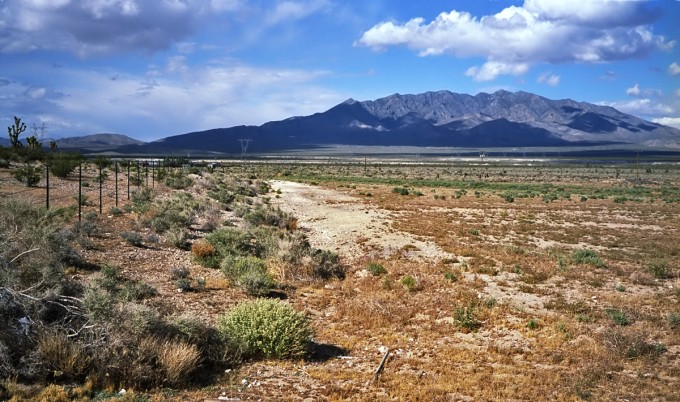
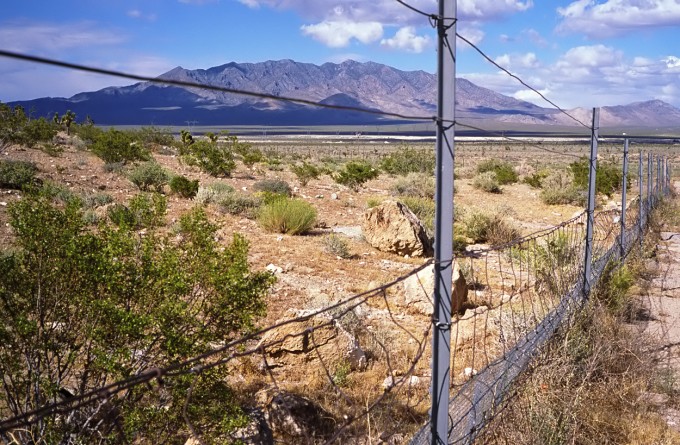
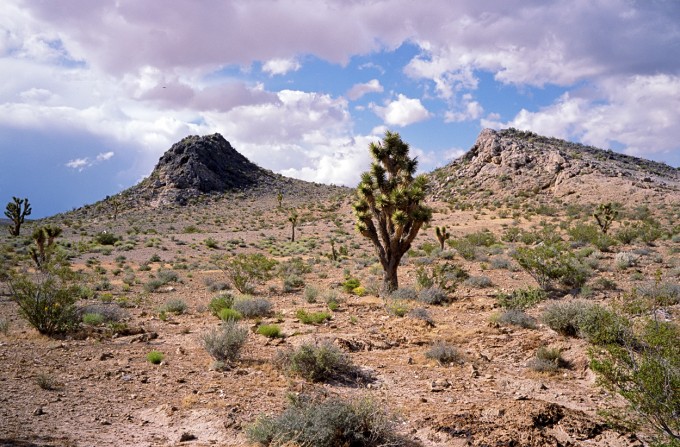
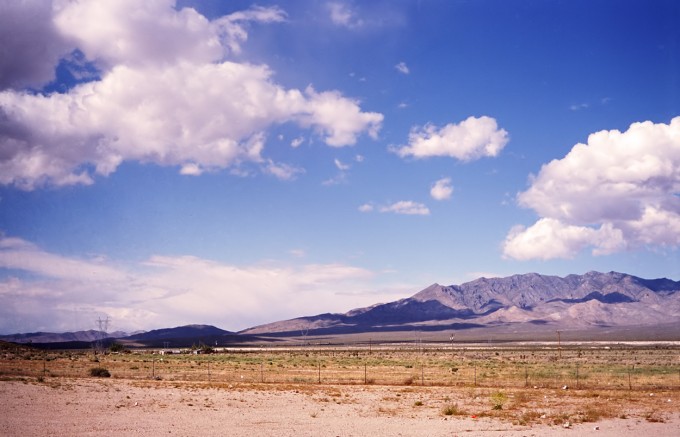
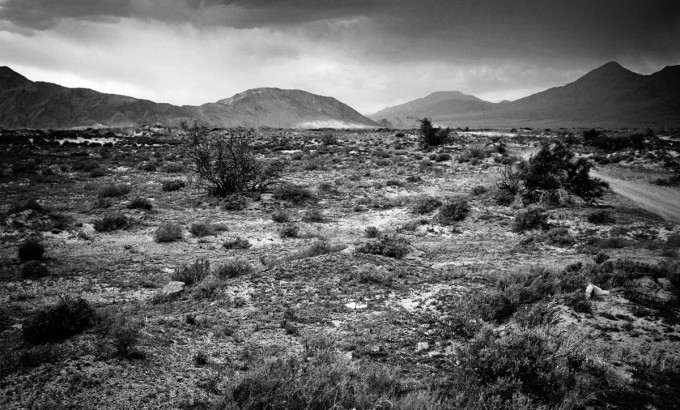
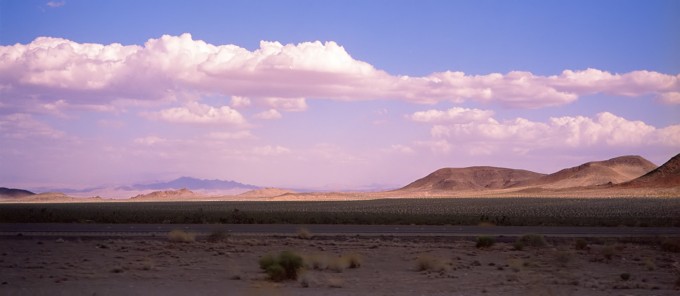


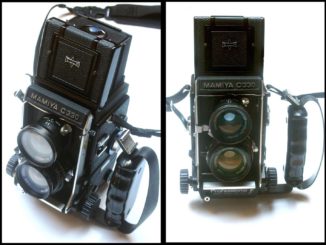
Great photos!—and, yeah, He’s watching. 🙂
Are you related to the the John J. Driggers that lived in San Bernardino, CA that leased the Cajon Pass in the 1800s?
Donald:
I am sitting here at my desk eating lunch, reading your article, (thoughts), and viewing your pictures. I found them to be very nice. you were able to take me to this place and time.
Thank You and Regards,
Howard
Interesting article in the New York Times. Some guy who loves the place even more than me.
http://www.nytimes.com/2011/08/04/garden/in-the-high-nevada-desert-sleeping-in-star-surround.html?pagewanted=1&hpw
Comparable subject matter, approached in a totally different way, can be found here: http://www.diglloyd.com/
First, no offense taken regarding the purple. I certainly want to find out what I did at this point. I have to say, it wasn’t my intent to match a tonality of the images to the quote I start the piece off with. AT all. Maybe my subconscious played a part. lol! I don’t know. My best explanation at this point is that the color is a by-product of me trying to bring up the shadow detail in the hills. I’m going to pick on of those negatives, however, reset all the color and every setting in Silverfast down to default and re-scan a frame or two and see what happened.
Ashwin, Gary, Dean, David, Tyson, Stephan, Bob, DJDLV, Wee, Ullrich, Darell, Ross, John, Ton, folks, thank you SO much for your kind words. I’m really glad you enjoyed the shots and the article.
Thanks,
db
Great shots, but (no offense!) too much purple in the characteristics for me.
Ton
Thoughtful, and pleasantly free of technique discussion. It wold do us all good to reflect more on the why of picture taking than the how–especially me!
One of the interesting things about outdoor/landscape photos is you see the weather, but don’t feel it. Whether it’s freezing cold or blazing hot, you see the scene in relative comfort when you view the photo. It’s part of the magic of travel photos. A place can look enchanting, but if you were really there the sweat could be dripping from your nose as you swatted at bug and tried not to breath because of the foul smells.
Anyway, well done.
Excellent article and images and after doing this trip can concur with you on your sentiment.I have a few photos taken during the trip which I look back on fondly.
Kind regards
Ross
Poetic images, evocative words. Really well done Donald.
The pictures look to me like they were tinted purple on purpose…
I’ve been there, long time ago (and many other places in the Southwest), and know how extremely difficult it is to produce good, interesting, images there. The light is plain awful most of the day (very early morning, or sunset, is best; the direction of the light helps shapes come out better, less flat, and the colours are amazing), and the landscape is what it is. A desolate landscape will mostly be just boring in an image, unless you think real hard for an alternative approach.
I usually took my refuge in getting up close (the desert harbours some unexpected detail if only you would stop and crouch low) and using a 24mm at least. A 200mm (at least) is an alternative. Getting inanimate objects, or human(s), included in the image also helps.
Just my 2cts.
Michiel
that sounds great Bob, super 8? lovely stuff.
I like the one in the title for it’s perspective and light. The black&white one is also great, looks very three dimensional to me.
Thank you for sharing. I always enjoy some film work.
Amazing shot with the M7…love concept and hte tone…And also a wonderful write up…
Fantastic article. Wonderfully written and illustrated with fine photographs. Really nice work!!! 🙂
I have been on this road…I shot a tv vt about a guy called ignatius pizzaza…who wanted to set up a gun town in this area. This was in 2002 so US on high alert and ignatius’ dream was to arm everyone in the country as “an armed society is a polite society”. His project only lasted a year or so…as nobosy wanted to buy into his wikdwest town. They just wanted a free go on his uzi’s.
Man this place is barren and you have captured it brilliantly.
Well done…bob
Ps
I used an lomo and a braun super 8….
You have a gift my friend, lovely words and images to boot. I could hear that wind, feel the bite as you step out of the car, somewhere, in the middle of nowhere. I used to drive long distances in what used to be called the Orange Free State, in South Africa. Very similar to what you describe here in terms of beautiful desolation. That road would stretch for hundreds of miles, dead straight. When out there, we think in a way we don’t in other environments, its a strange and wonderful place. Reading your article and seeing your pictures brought back thoughts from a long time ago. Thanks for sharing.
I love Portra VC. It is too bad it is gone as I find the new Portra to be “smudgy” – my non-technical word for whatever it is that makes me not quite like it.
Nice collection from what I previously thought of as a boring stretch of road (unless you are riding with Hunter S. Thompson of course).
Heck, I’m color blind. I may just be seeing things…LOL. Regardless, great work, Donald!
Thank you, Ashwin, but I don’t think that’s cross processing. That’s just my crappy scanning, which I’ve come to think of now as my own ‘digital interpretations’ of a negative. 😉 But I have to say, out there, at that time of the year and that light, those desert hills and mountains look purple. So maybe I tried to capture that with the scans. I guess I should get some things printed already.
Thanks again, and thank you to everyone who has responded.
Portra 160 is the best sensor on Earth.
Nice images. Form where I sit, God is a lot less pissed off at us than we think. Keep shooting.
dz
I like purple as well.
Purple is an odd color– a visual sensation rather than an absolute color. And so a difficult one to get on film and sensor (unless it’s an M8 and synthetic black!). I’ve taken photos of purple with various camera and film colors and have fiddled with Photoshop to get it right.
PS — I didn’t notice the cross processing Ashwin noted.
Donald, lovely article with a nicely stated theme and concept. I enjoyed the words and the images. I love that last image, lovely colors, in which the processing works well. I like how you incorporated the “purple” in your words and images, to provide a unifying theme…not everyone will like that cross processed effect (I have been beat up for this before), but I think it works well to tie the images to the story and together here.
Best,
Ashwin